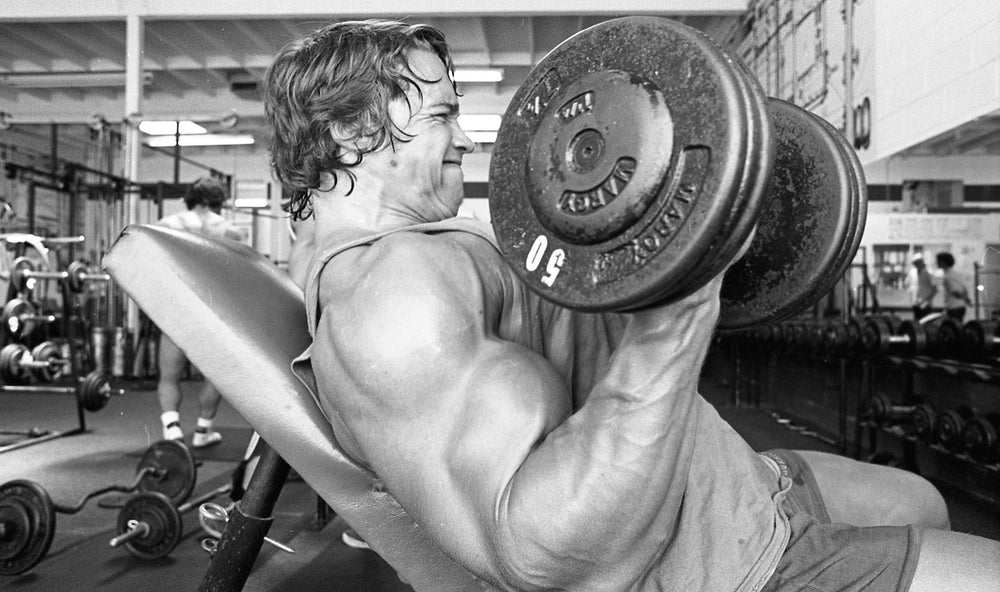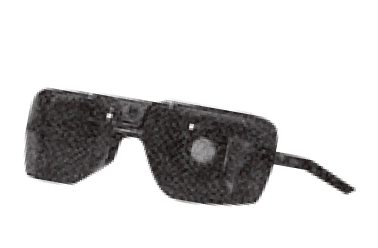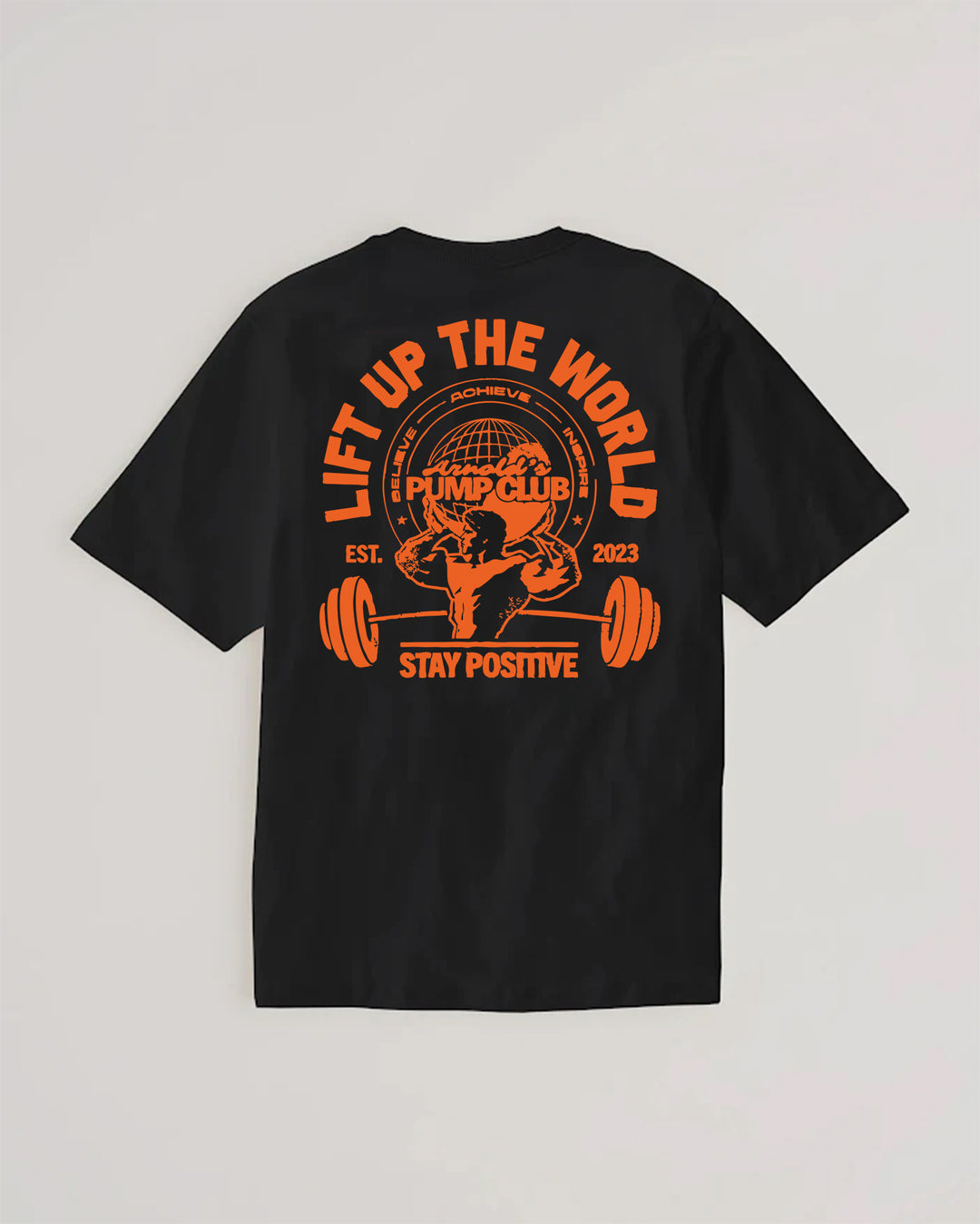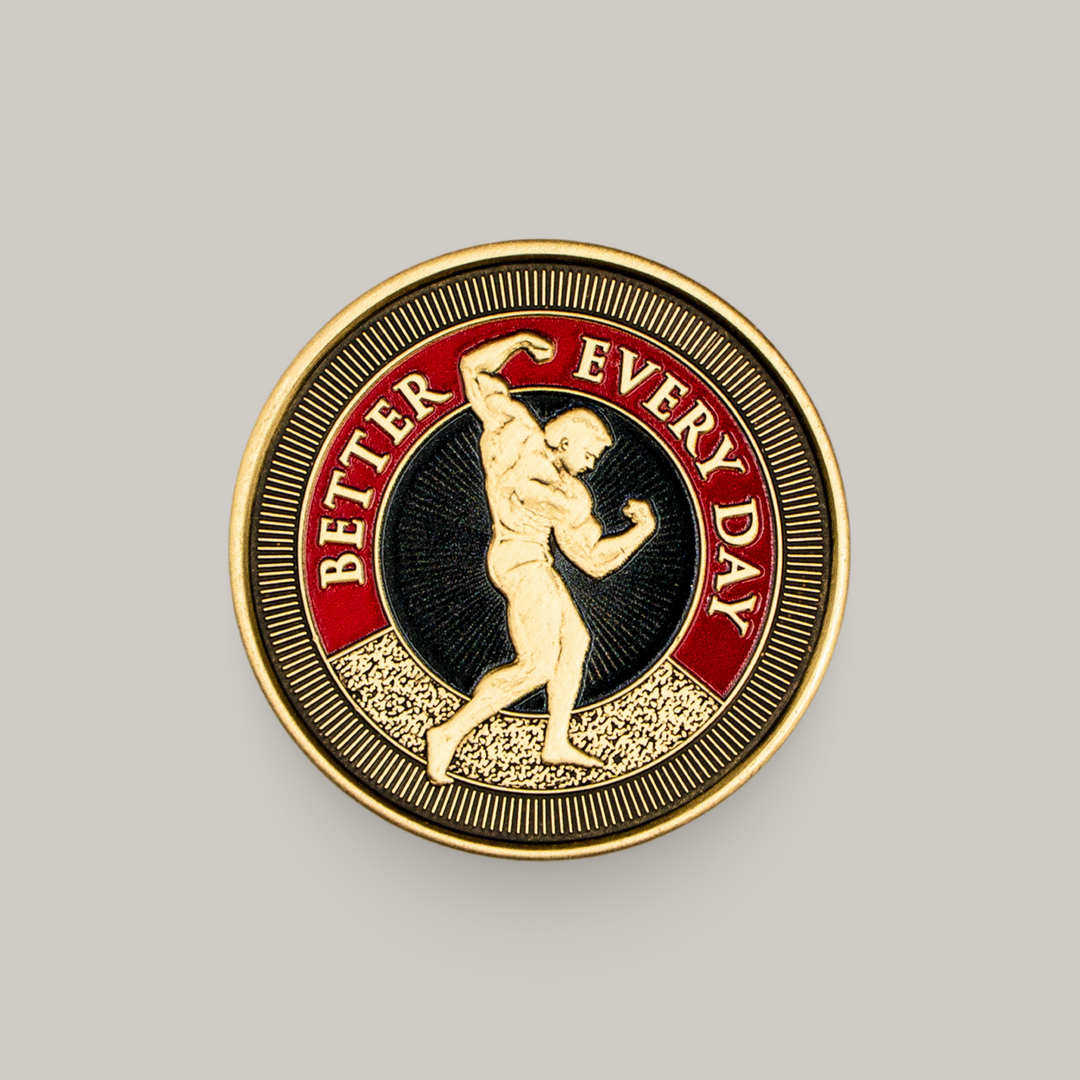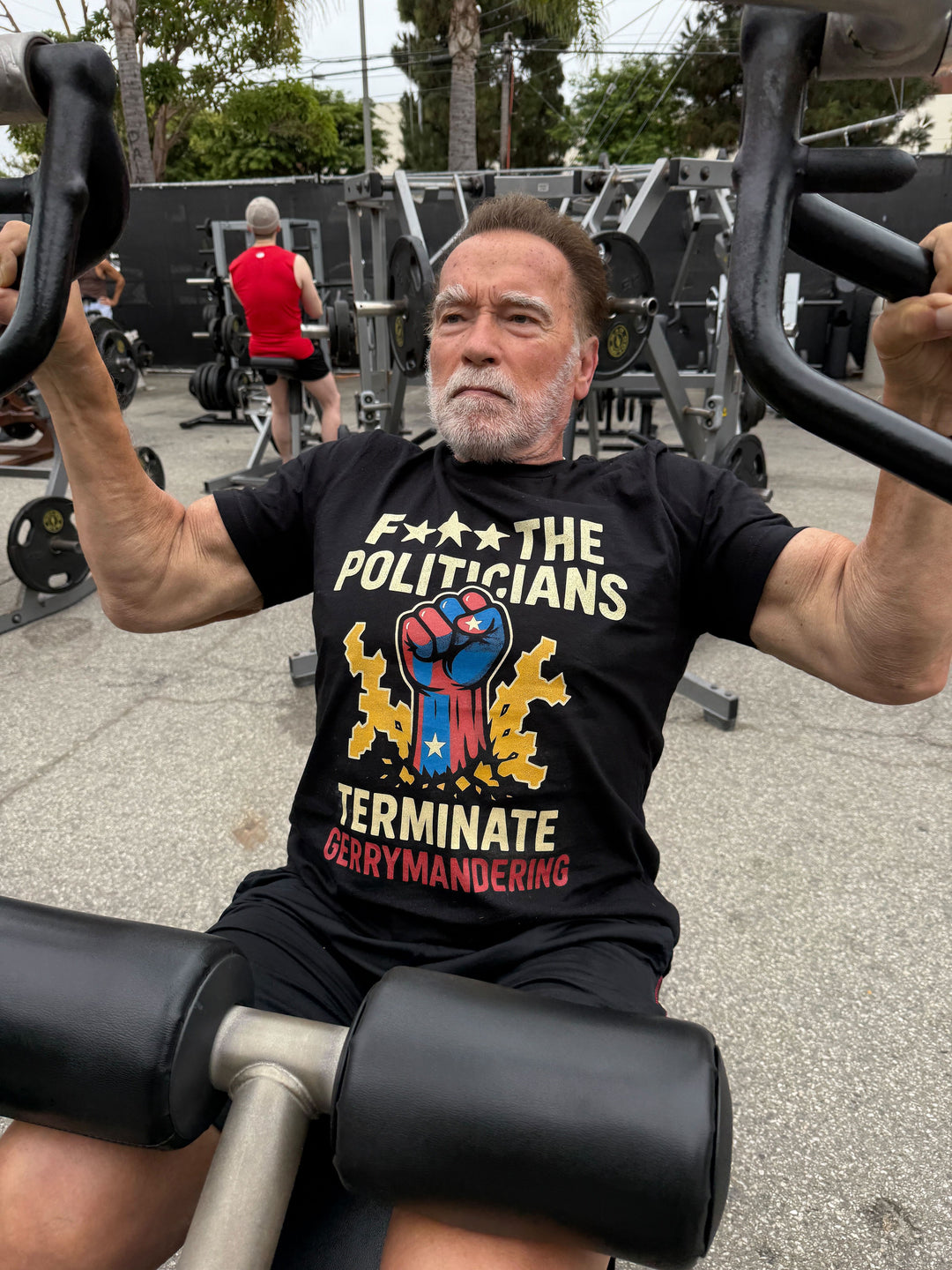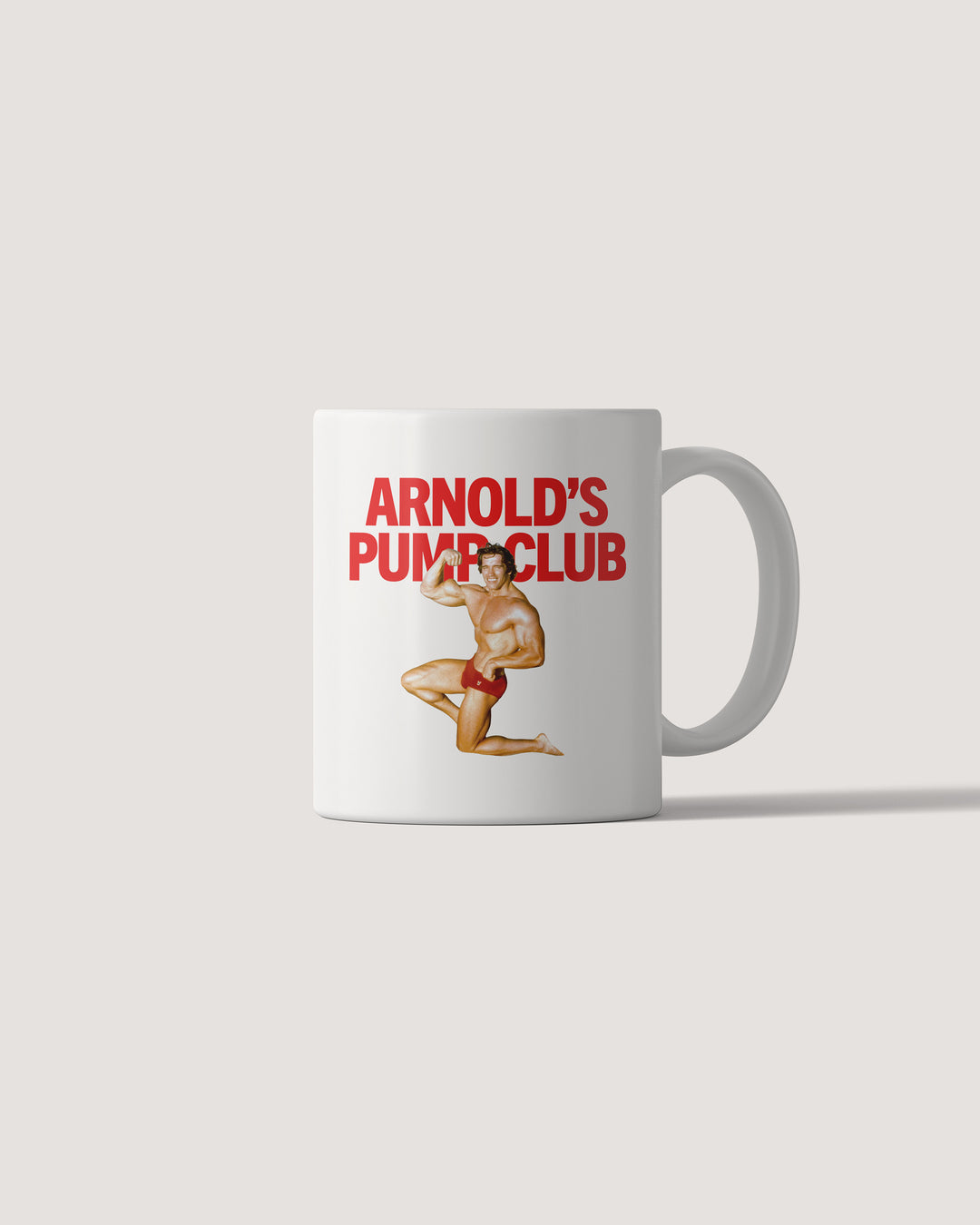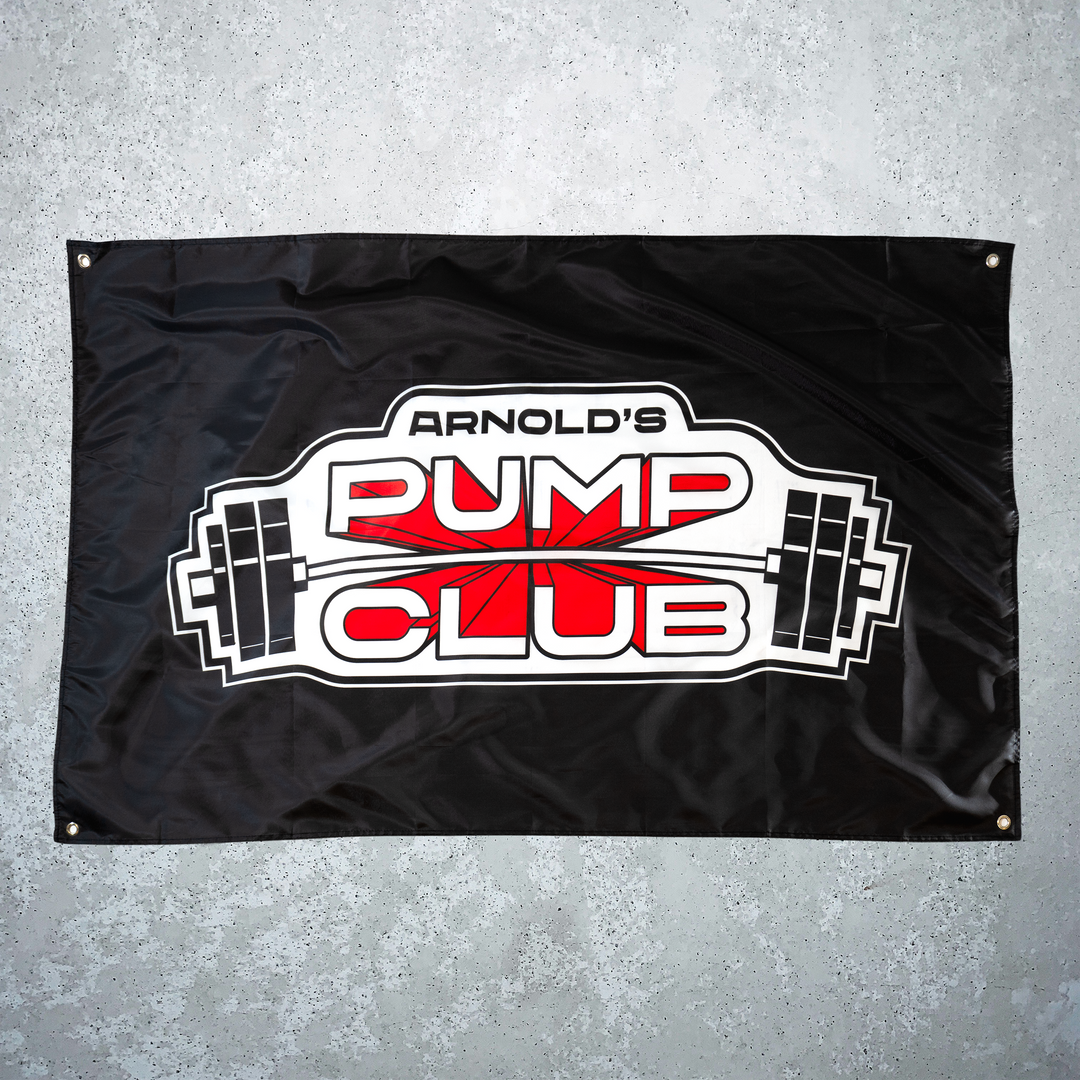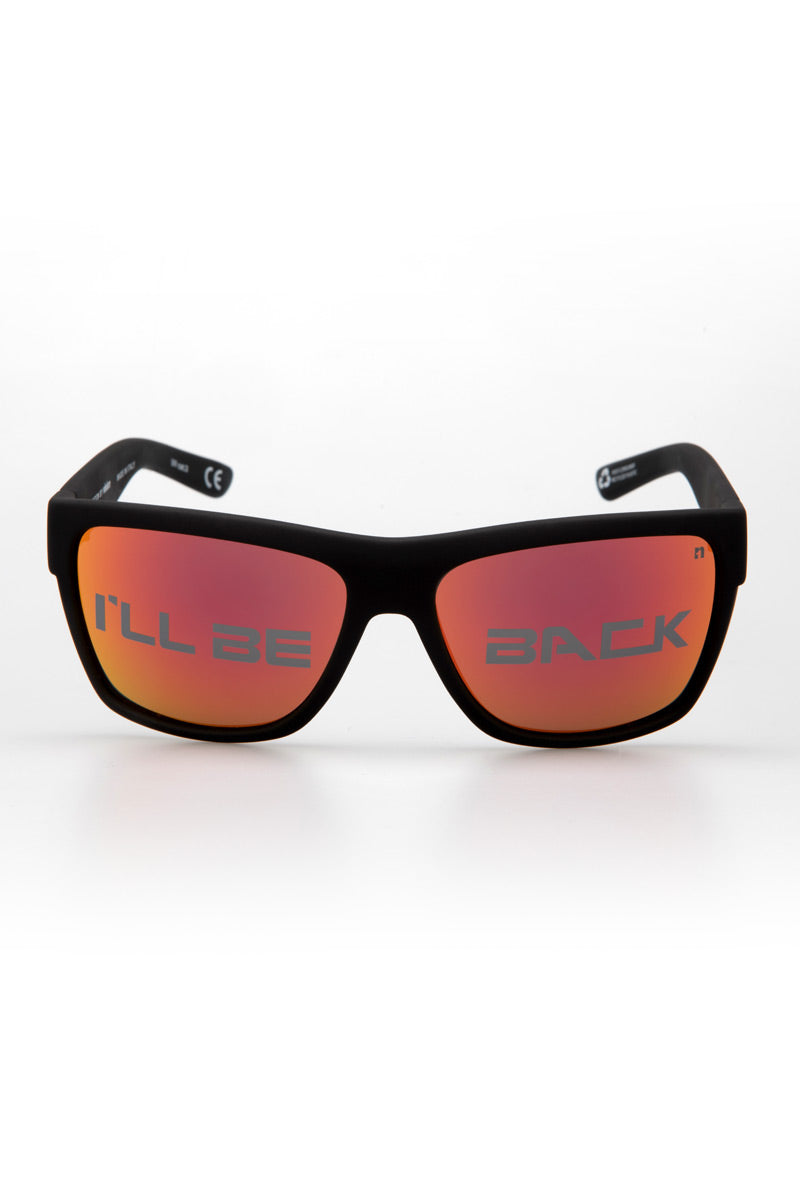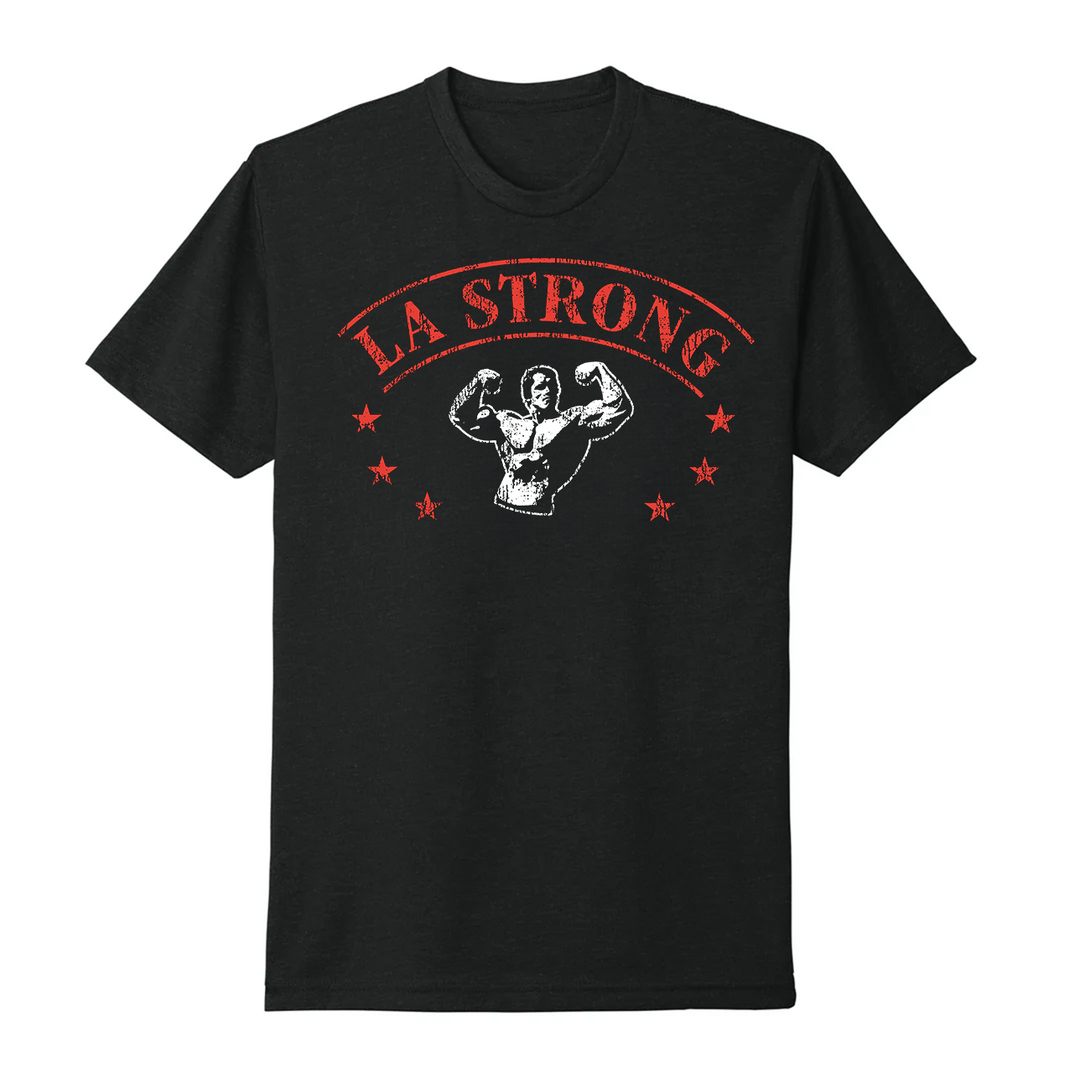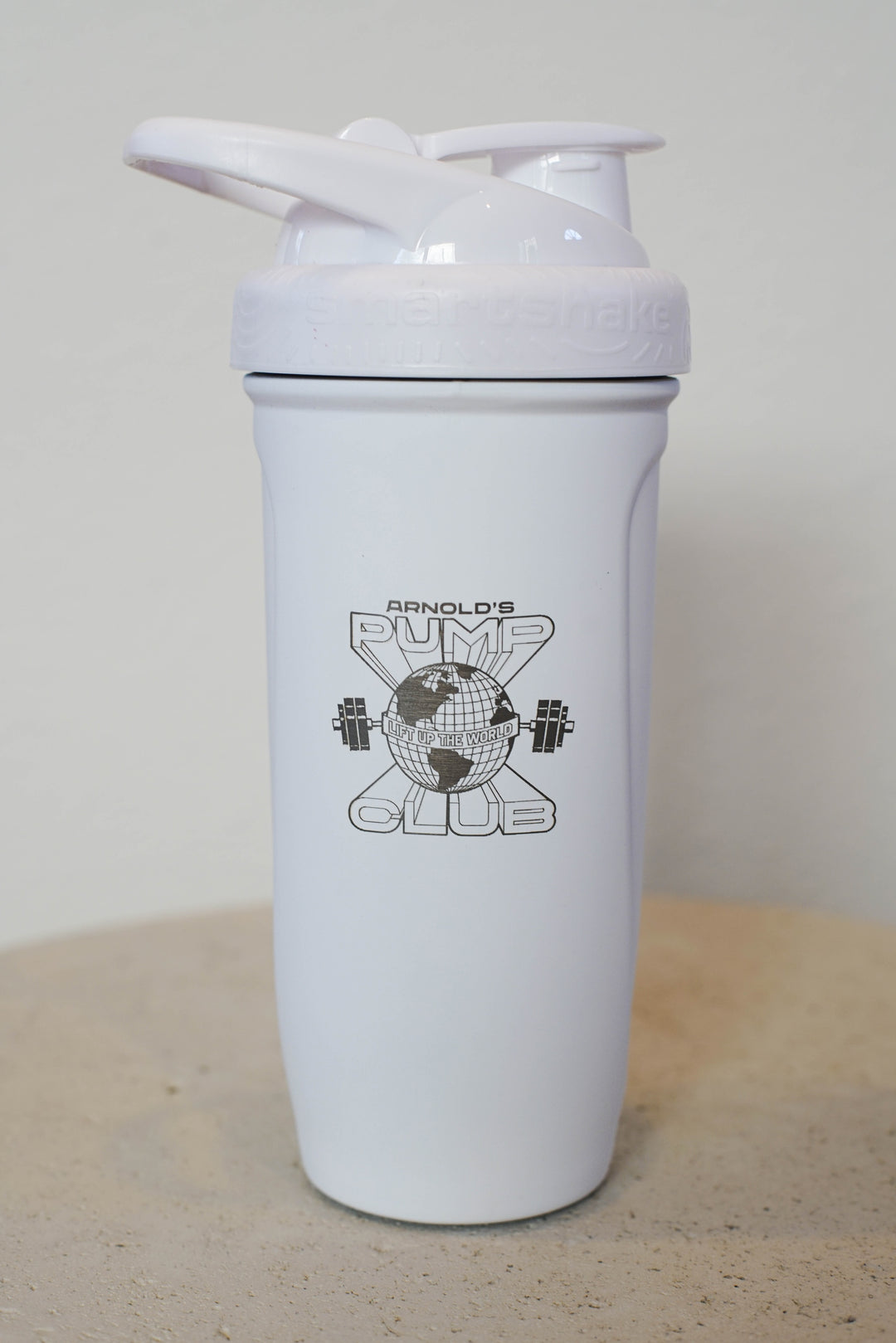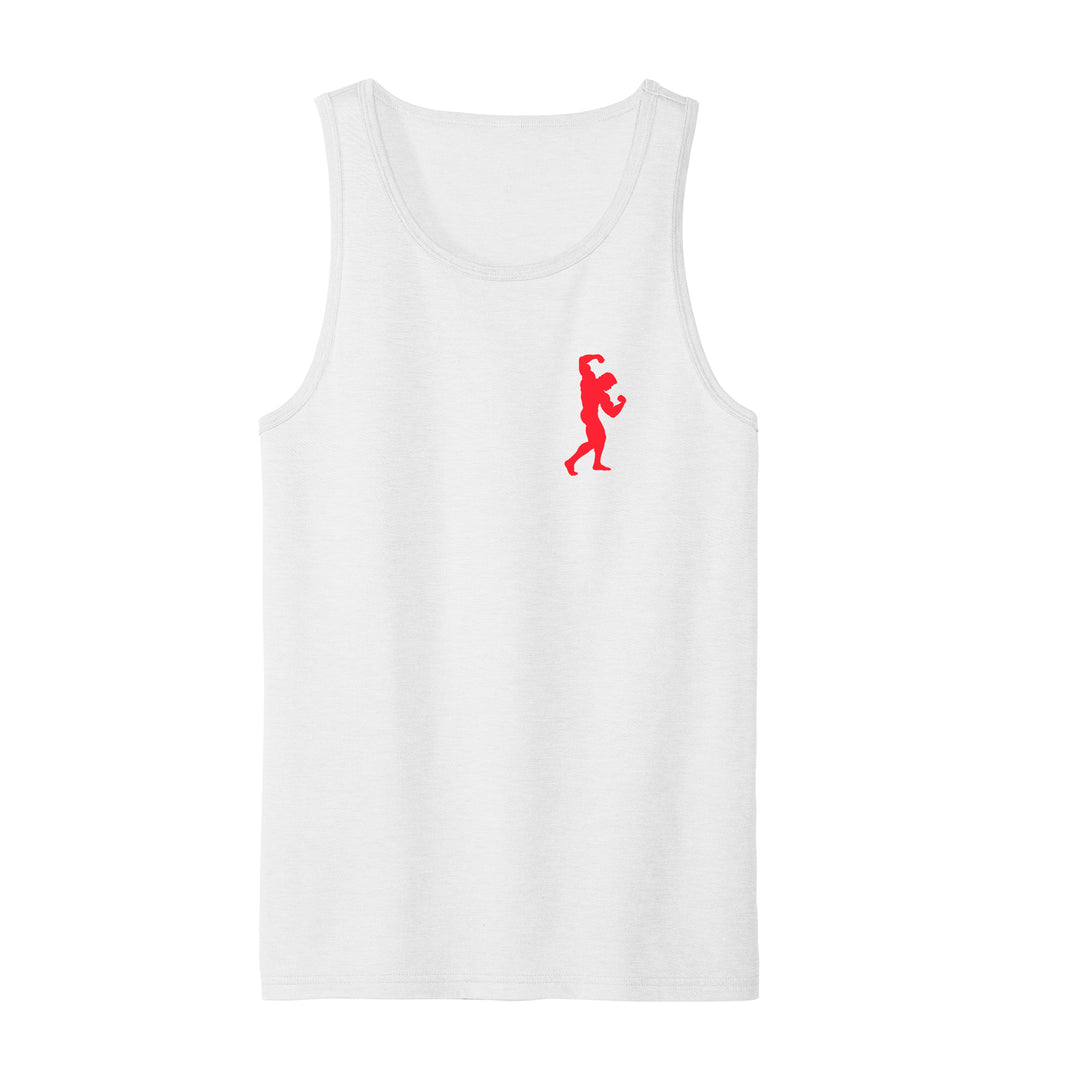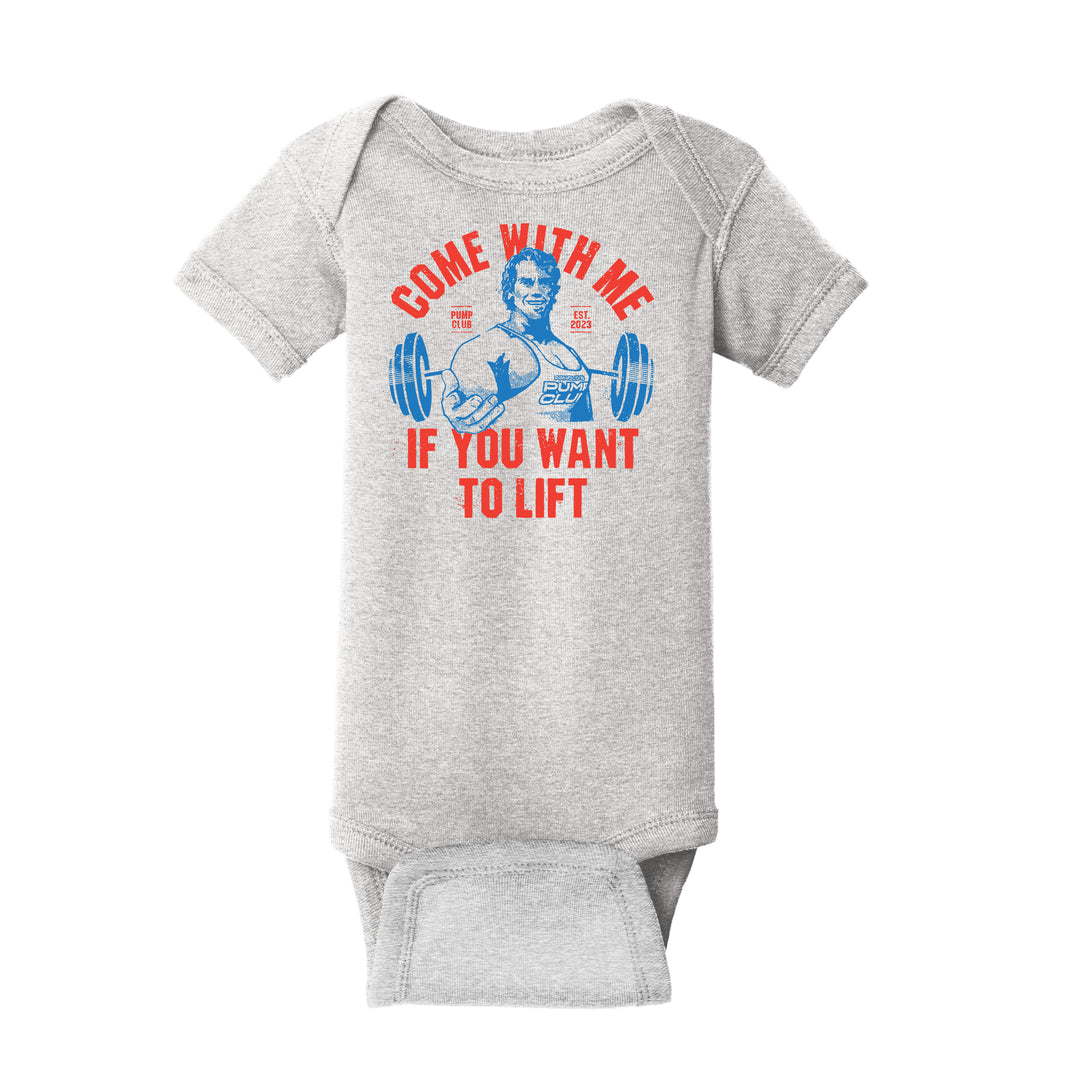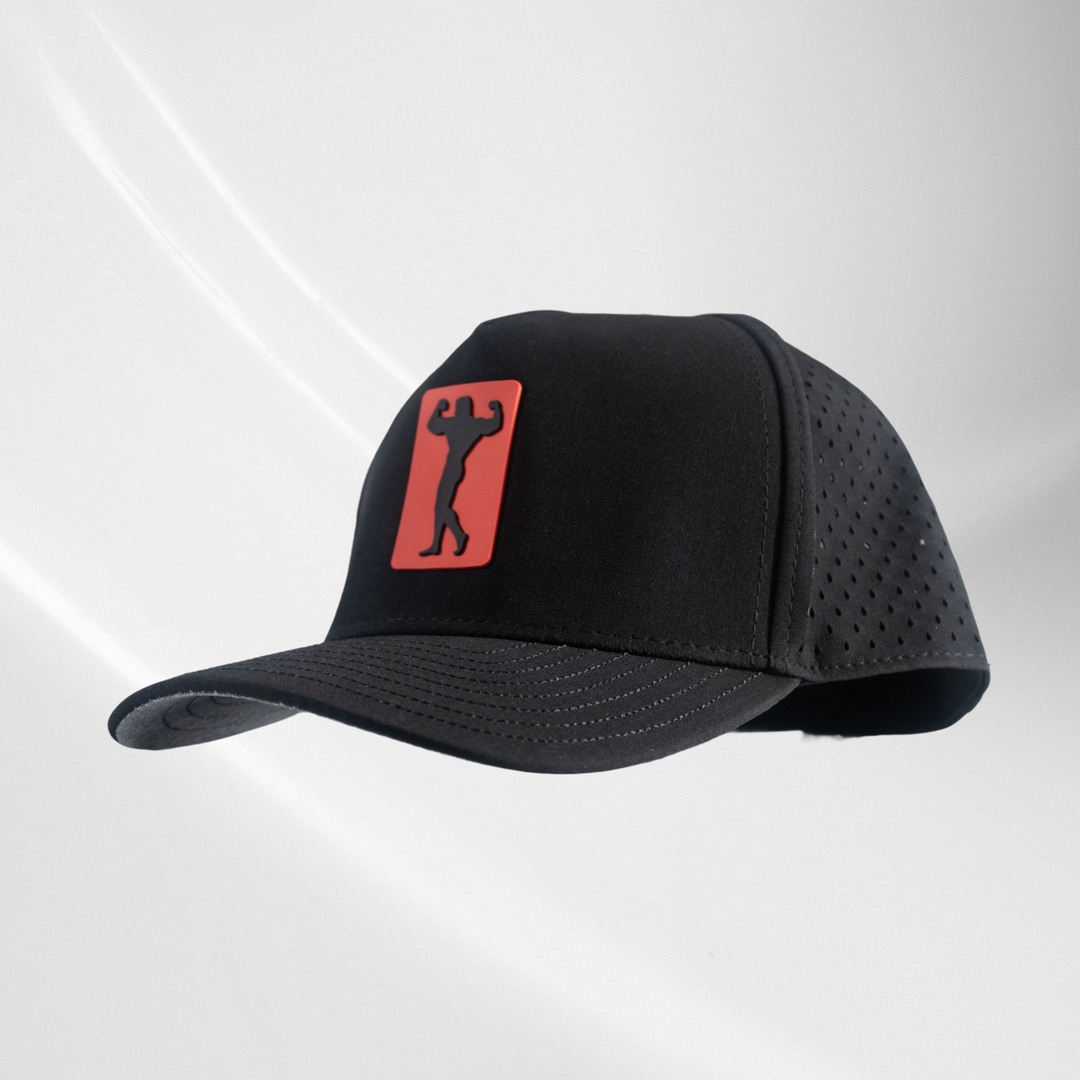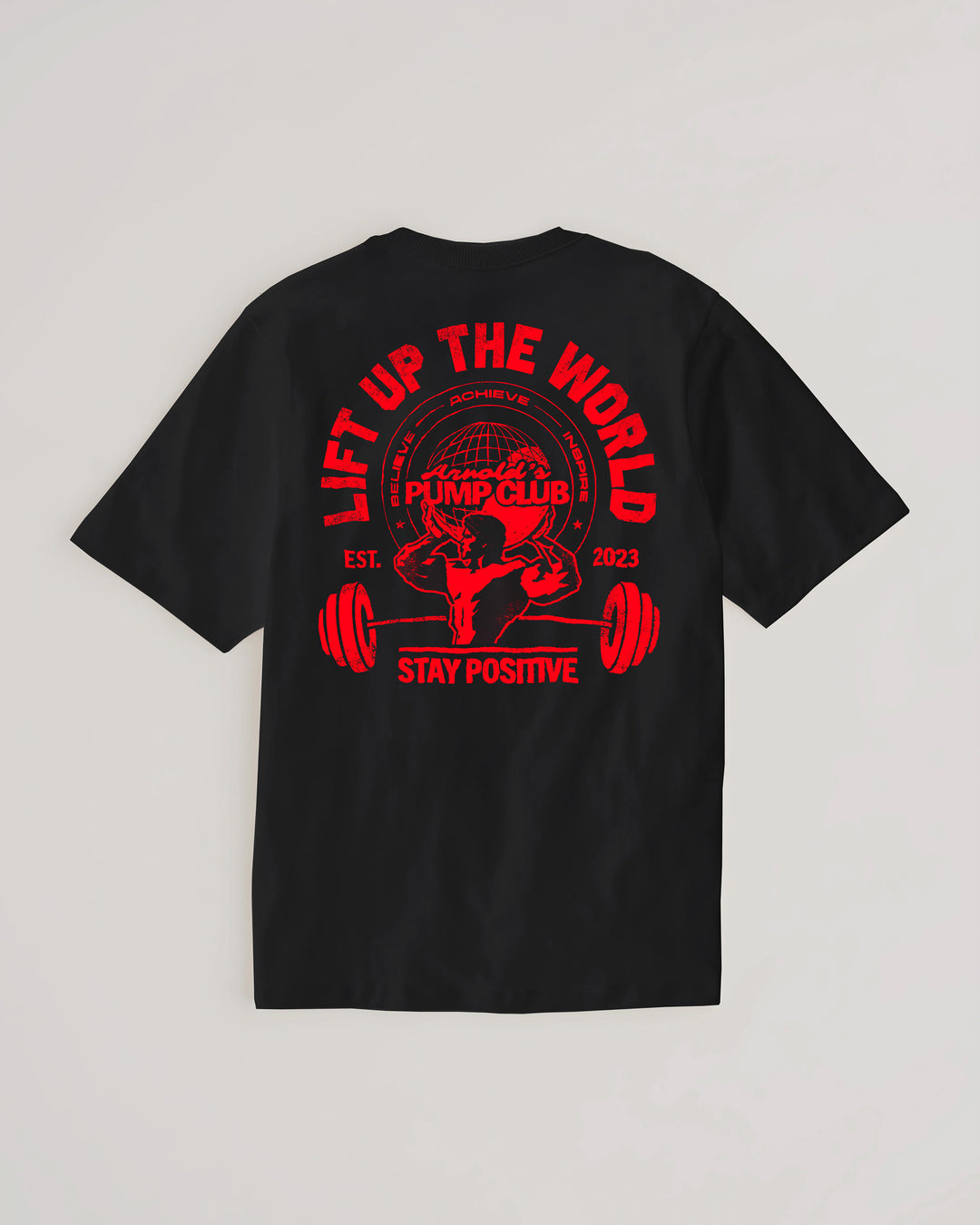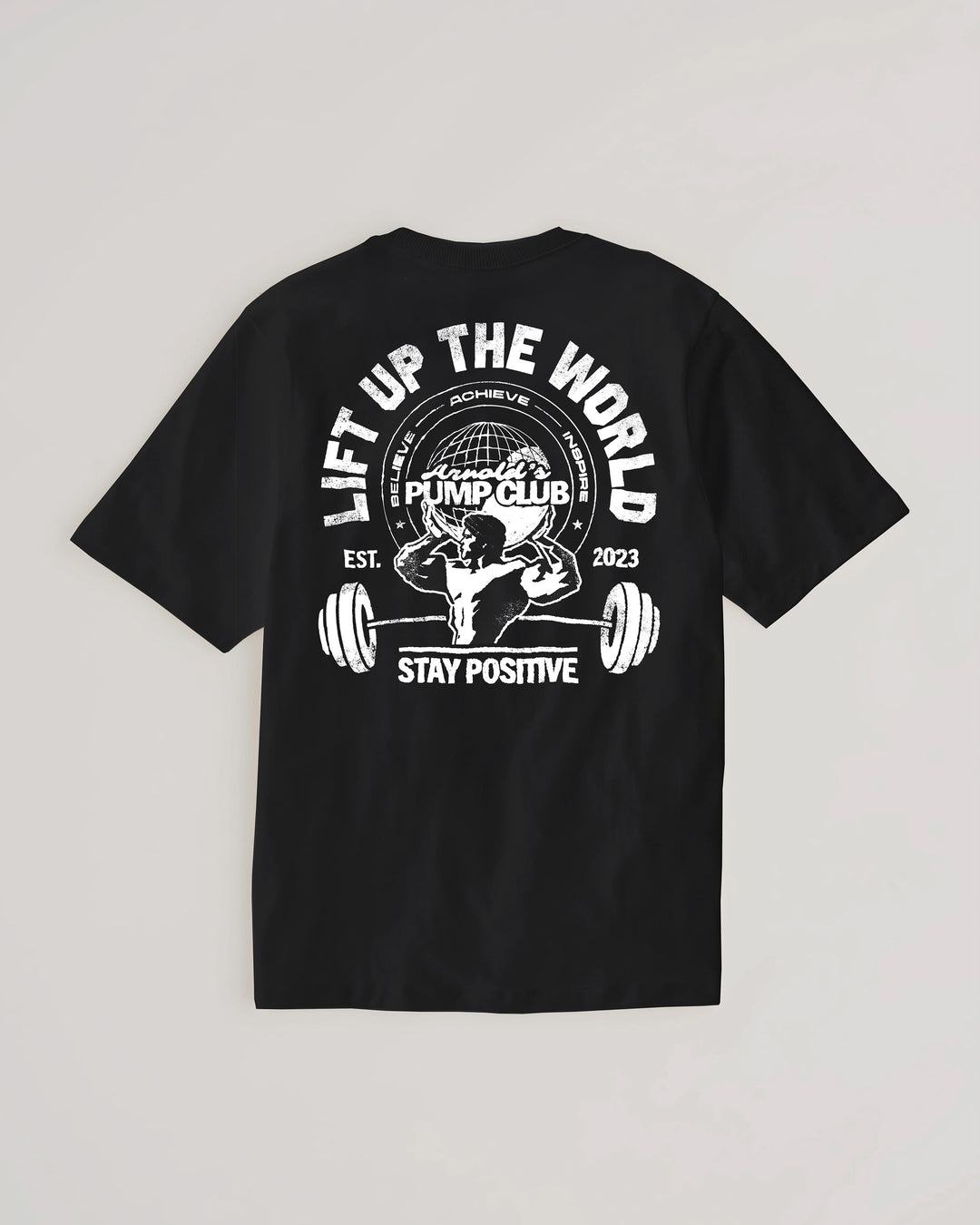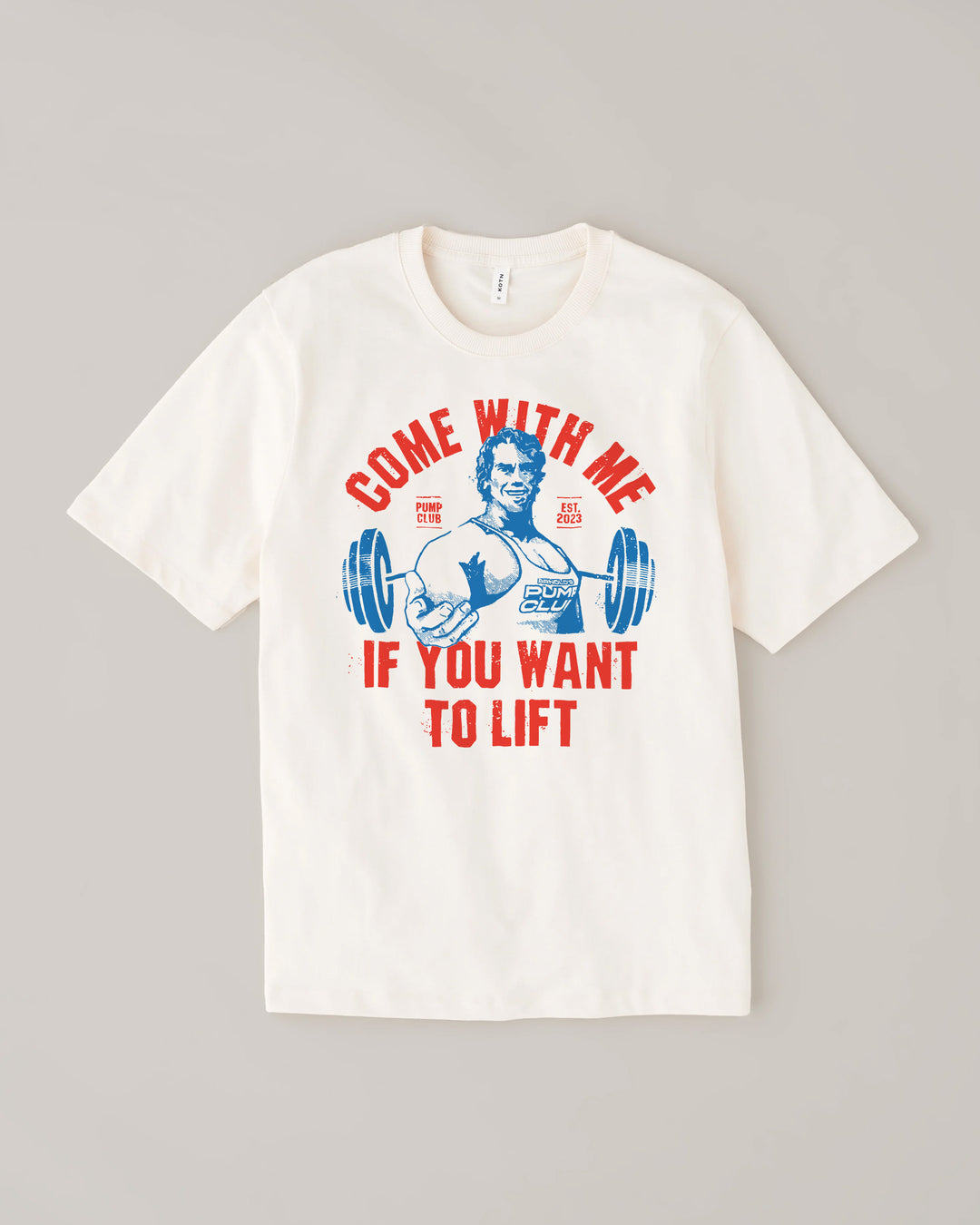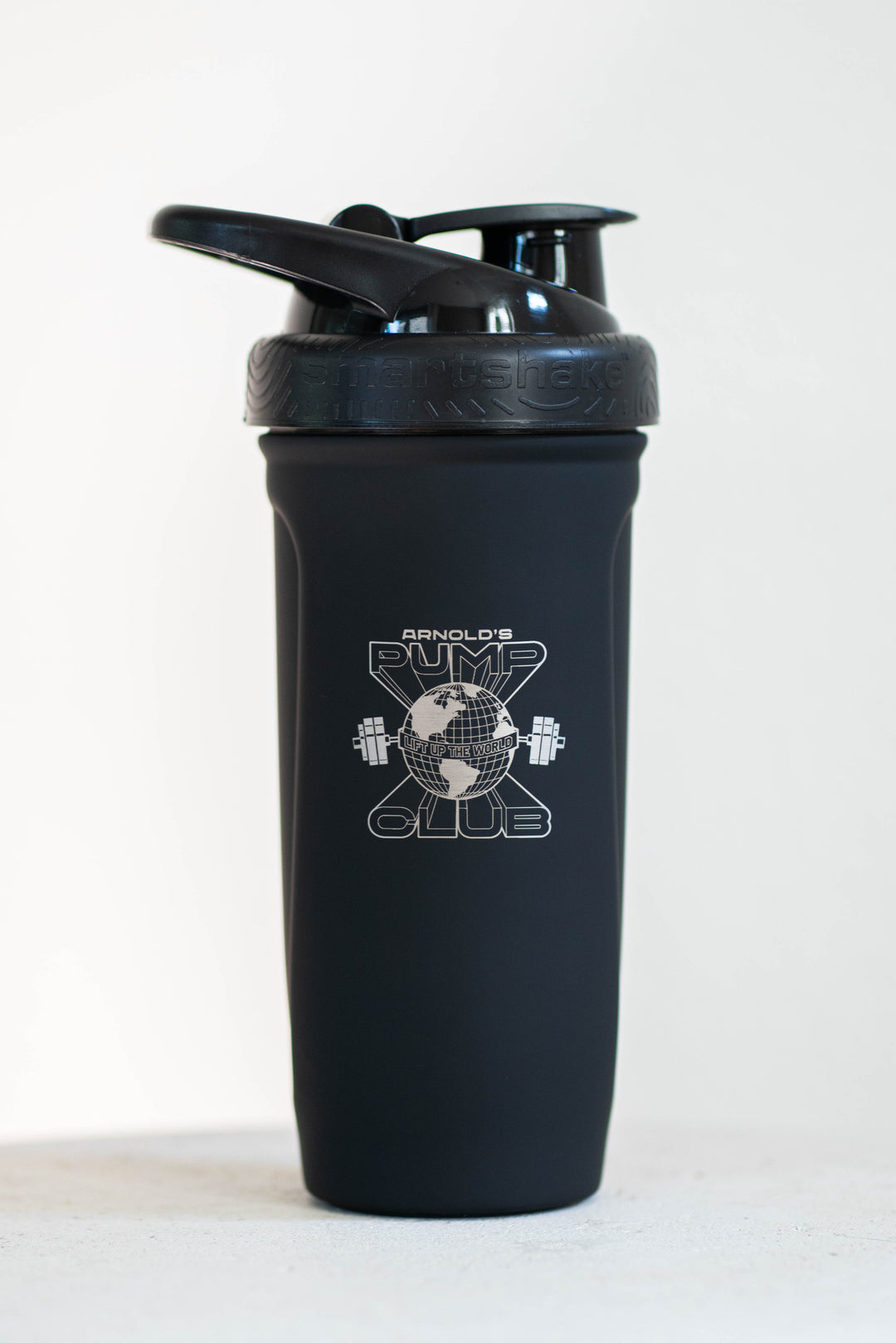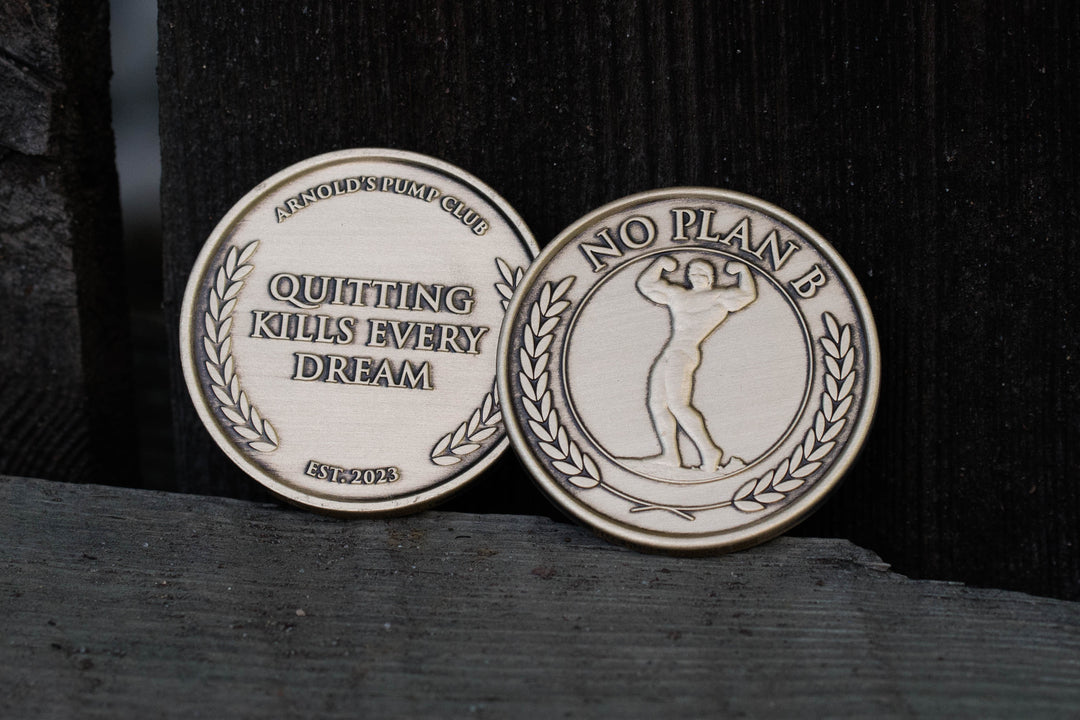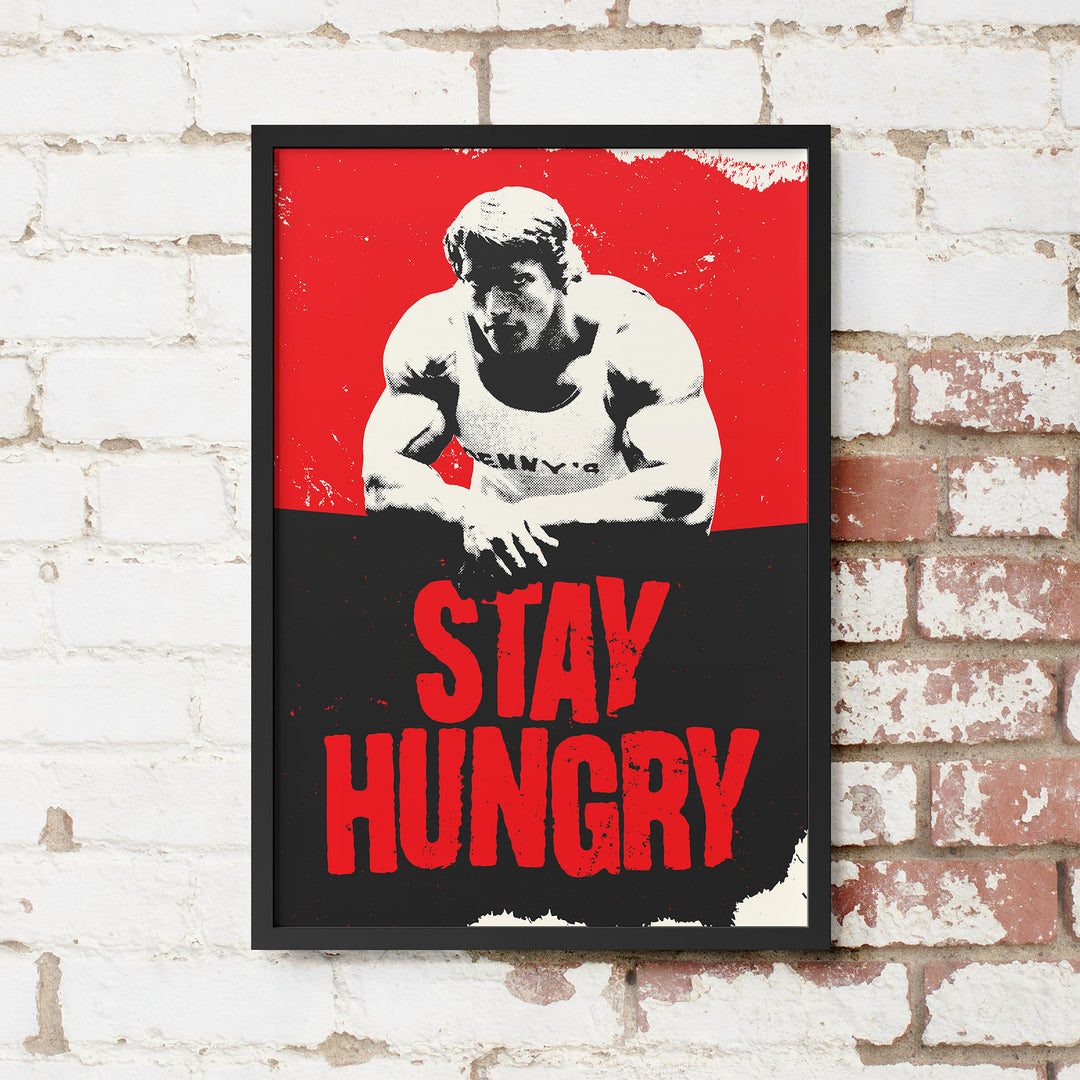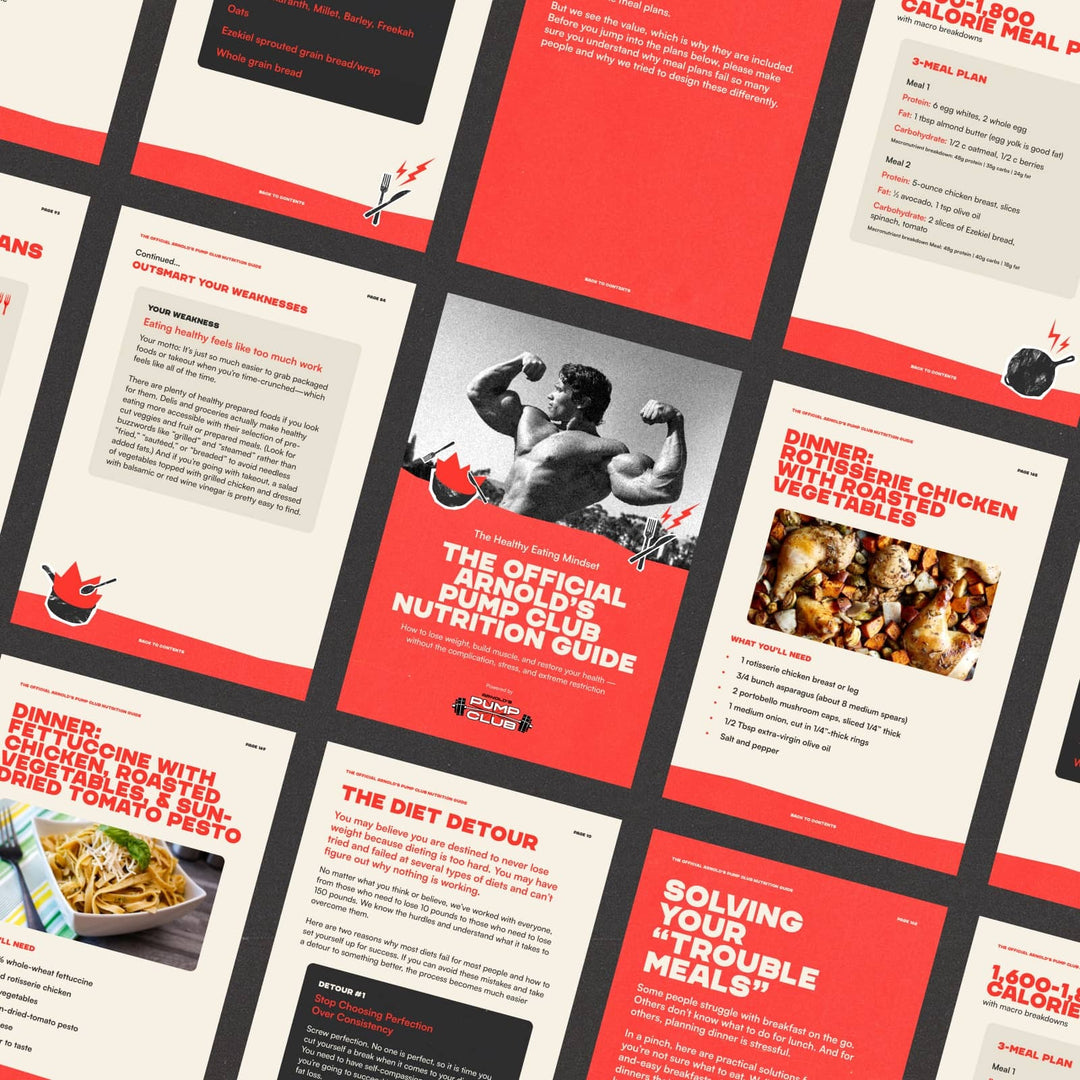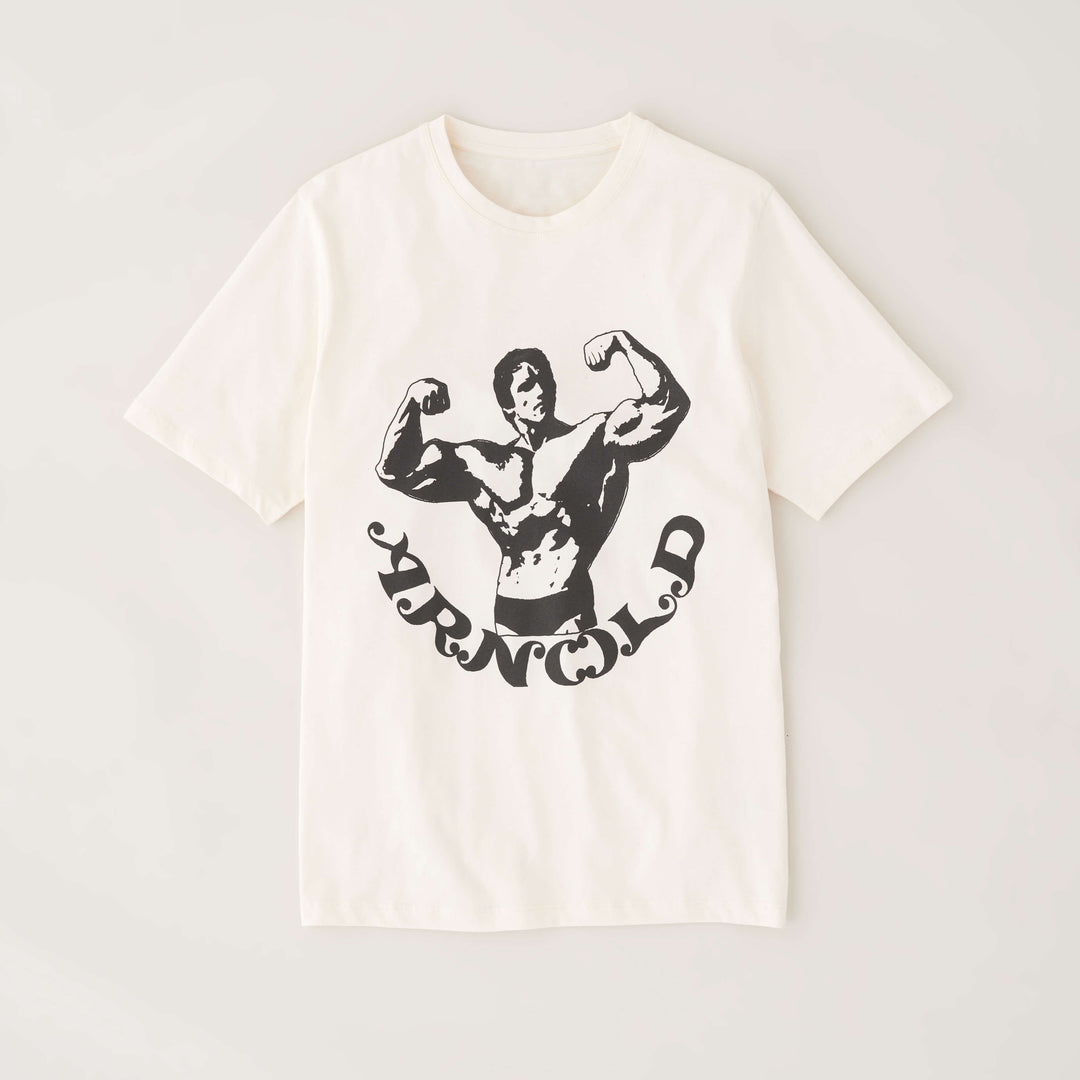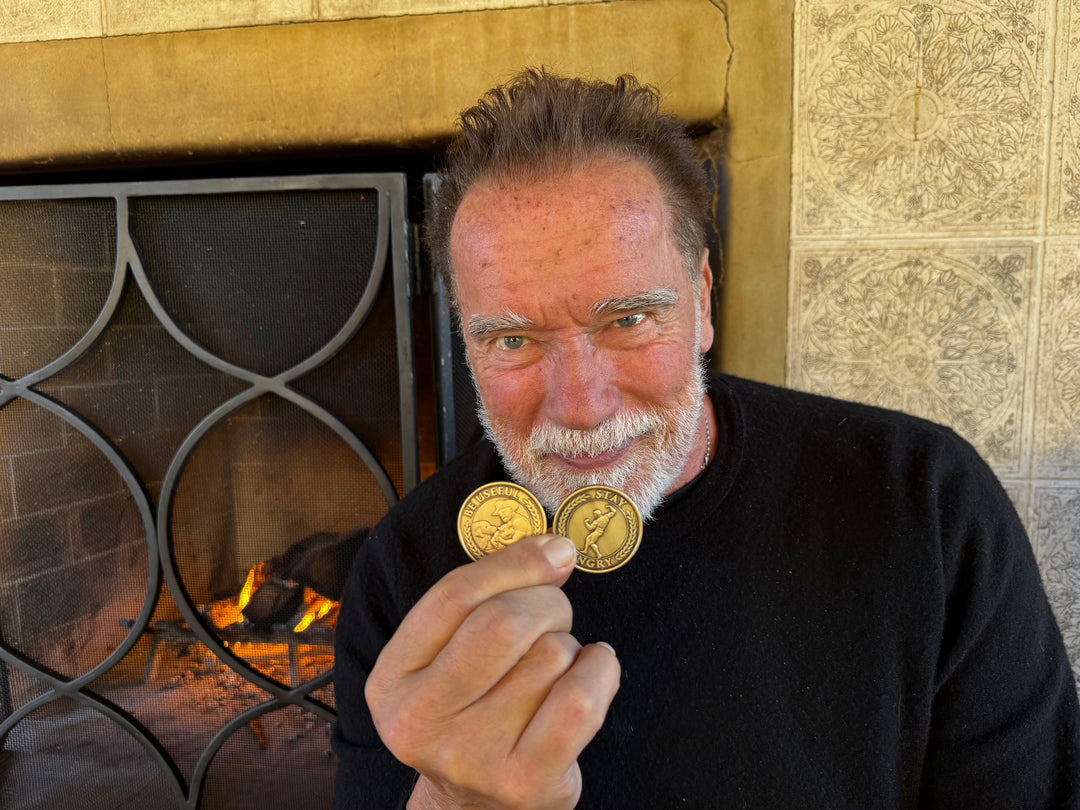Welcome to the positive corner of the internet. Every weekday, we make sense of the confusing world of wellness by analyzing the headlines, simplifying the latest research, and offering quick tips designed to make you healthier in less than 5 minutes. If you were forwarded this message, you can get the free daily email here.
Today’s Health Upgrade
The cancer shield
Why some workouts don’t seem to work
-
A strange way to drink your coffee
Arnold’s Podcast
Want more stories from Arnold? Every day, Arnold’s Pump Club Podcast opens with a story, perspective, and wisdom from Arnold that you won’t find in the newsletter. And, you’ll hear a recap of the day’s items. You can subscribe on Apple, Spotify, Google, or wherever you listen to podcasts.
Health
The Cancer Shield
We all know exercise is good for your heart, muscles, and mind. But what if it could help block cancer from spreading?
Research suggests that exercise may create a metabolic shield that protects your organs from cancer progression and prevents metastasis.
Researchers wanted to determine if physical activity could prevent cancer cells from growing and spreading to other body parts. The authors studied data from more than 3,000 humans over 20 years.
The data showed that people who regularly performed high-intensity cardiovascular exercise had 72 percent less metastatic cancer than those who were not active.
In other words, training at higher intensities increased the production of specific metabolites that increased the immune system's ability to recognize and eliminate cancer cells. The study also suggests that exercise enhances the availability of essential nutrients in the organs, making it harder for cancer cells to survive and grow.
The most significant benefits were seen with higher intensity, such as training above 80 percent of your maximum heart rate with intervals.
As with any disease, there’s no way to protect against cancer completely, but this is one more study showing that you can take steps to reduce your risk.
If you can’t push the intensity, you can still protect your health. Research suggests that walking can lead to a 20 percent reduction in the likelihood of cancer.
Spotlight
Why Some Workouts Don’t Seem To Work
We’ve shared before that you can build muscle with either high reps or low reps — and the real key is pushing the intensity so that your sets are all close to failure.
But a new study suggests that if one workout approach isn’t getting the job done, you’re likely doing a big disservice by quitting the gym — because results are just around the corner.
Scientists compared moderate-load training (sets of 8 to 12 reps) to low-load training (sets of 27 to 31 reps). Participants were randomly assigned to one group for 12 weeks and then switched to the other group for another 12 weeks.
The researchers wanted to see if either loading approach led to more improvements in the gym, and they were interested in seeing if “high responders” and “low responders” saw better outcomes. A “high responder” seemed to make quicker initial progress on either plan.
The researchers found that both approaches led to similar improvements in strength and muscle.
Interestingly, while the low responders saw less growth in the first 12 weeks, they experienced more growth and improvements than the high responders in the second 12 weeks, suggesting that some people just take more time to see results.
Two main findings should give you a lot of hope:
Everyone’s rate of progress is different — but if you don’t quit, you will see great results. The low responders appeared to be far behind the high responders during the first 12 weeks, but then — just like that — everything changed, and the low responders experienced more significant improvements during the second 12 weeks.
Your success in one style of training does not influence how you might respond to another. In other words, if your body doesn’t respond well to low-load training, it doesn’t mean it won’t respond well to high-load training. This is exciting because it means that everyone responds to training, but you might need some trial and error to figure out whether training with low, moderate, or high loads are the best way to push near failure and see results.
It’s not about low reps or high reps being better; some people might feel better pushing towards failure with a lighter weight (more reps) or a heavier weight (fewer reps). So, if you are on a training program doing eight reps per set and not seeing results, it’s possible that doing sets of 15 to 25 could unlock something that allows you to push harder and see better outcomes.
Nutrition
A Strange Way to Drink Your Coffee
Several months ago, we covered research suggesting that rinsing your mouth with a carb-based drink can improve workout performance — even if you didn’t drink the carbs. Now, a new study suggests it might not just be the carbs.
Researchers found that rinsing and spitting out coffee can help boost performance.
If you enjoy coffee (like we do), you probably have no intention of spitting it out without enjoying the drink. But here’s why the latest research is fascinating.
We know that the caffeine in two or three cups of coffee is one of the most effective ways to improve workout performance.
But, it comes with a downside. Too much caffeine can cause stomach issues or headaches for some. And if you exercise in the afternoon or evening, the caffeine can disrupt your sleep.
That’s what makes this new study so interesting. The researchers found that rinsing your mouth with strong coffee (espresso, specifically) and then spitting it out can increase exercise performance.
In the study, the participants rinsed their mouths with one ounce of espresso for 5 seconds and then spit it out. They did this 5 times, starting 15 minutes before an exercise session.
The researchers found that after mouth rinsing with espresso, participants used oxygen more effectively and ran about 5 percent longer on a treadmill before getting tired.
Rinsing with caffeine beverages doesn’t raise blood levels of caffeine. Instead, the effects of rinsing with coffee and espresso are believed to be directly related to the bitterness of caffeinated beverages.
When bitter taste receptors in the mouth are activated, they signal some brain regions, increasing nervous system activity. Based on the study, this might help the body sustain motor activity and improve exercise capacity, all without the potential for jitters and disrupted sleep when drinking that cup of joe.
We’ll stick to drinking our coffee, and more research is needed to determine how much the coffee spitting could help. But if you want to step up your workouts without the added caffeine, this could be a low-risk option.
—
Publisher: Arnold Schwarzenegger
Editors-in-chief: Adam Bornstein and Daniel Ketchell




